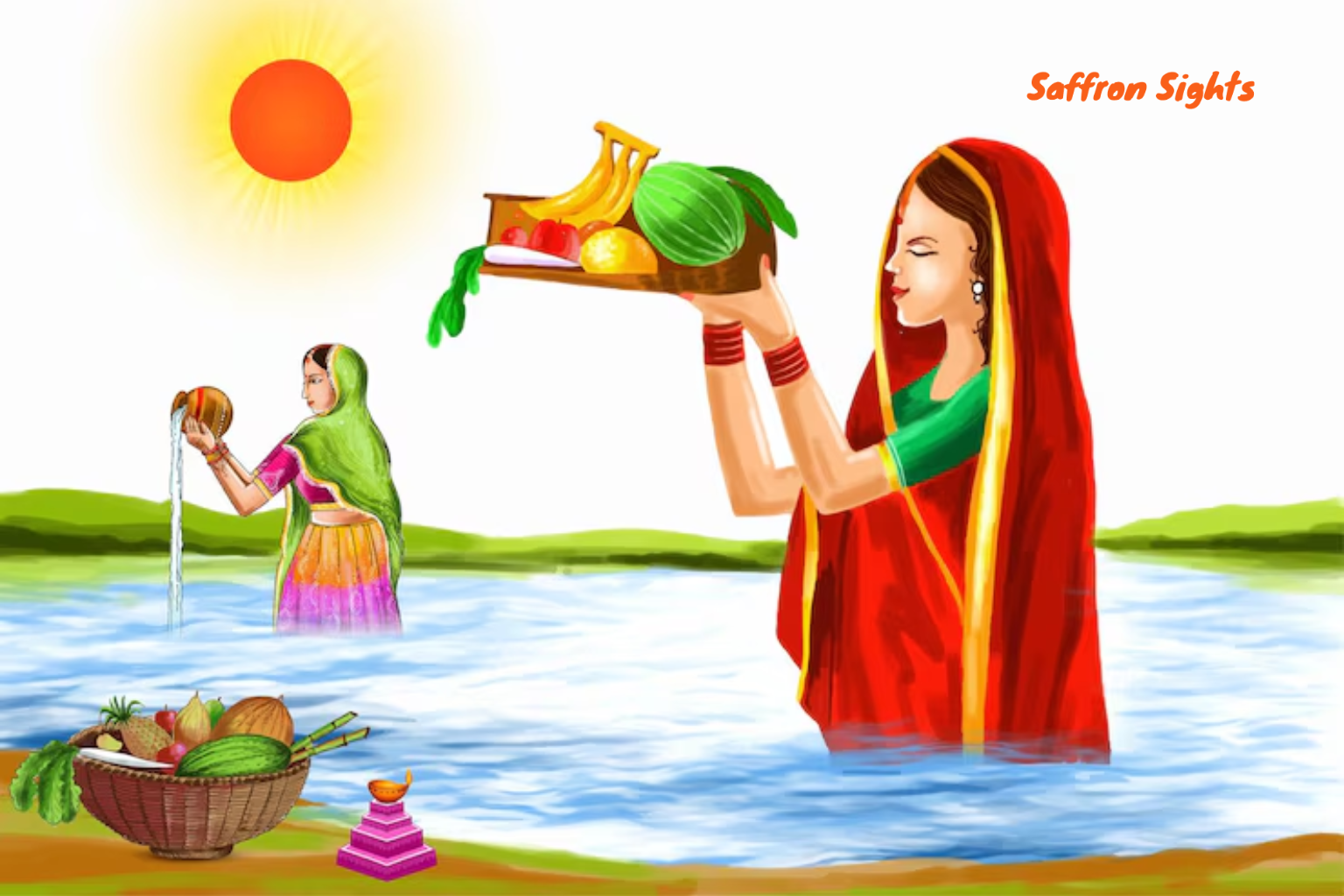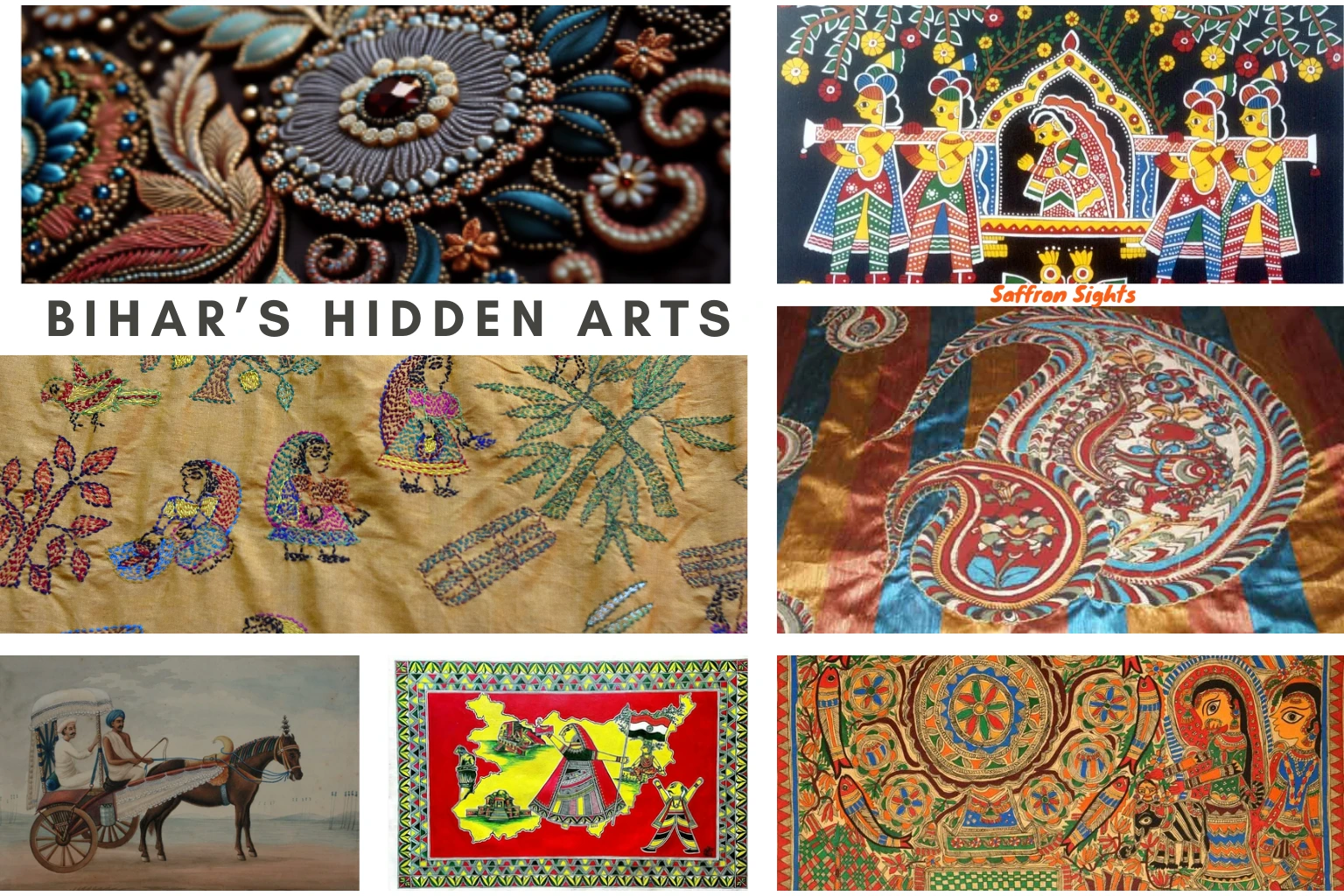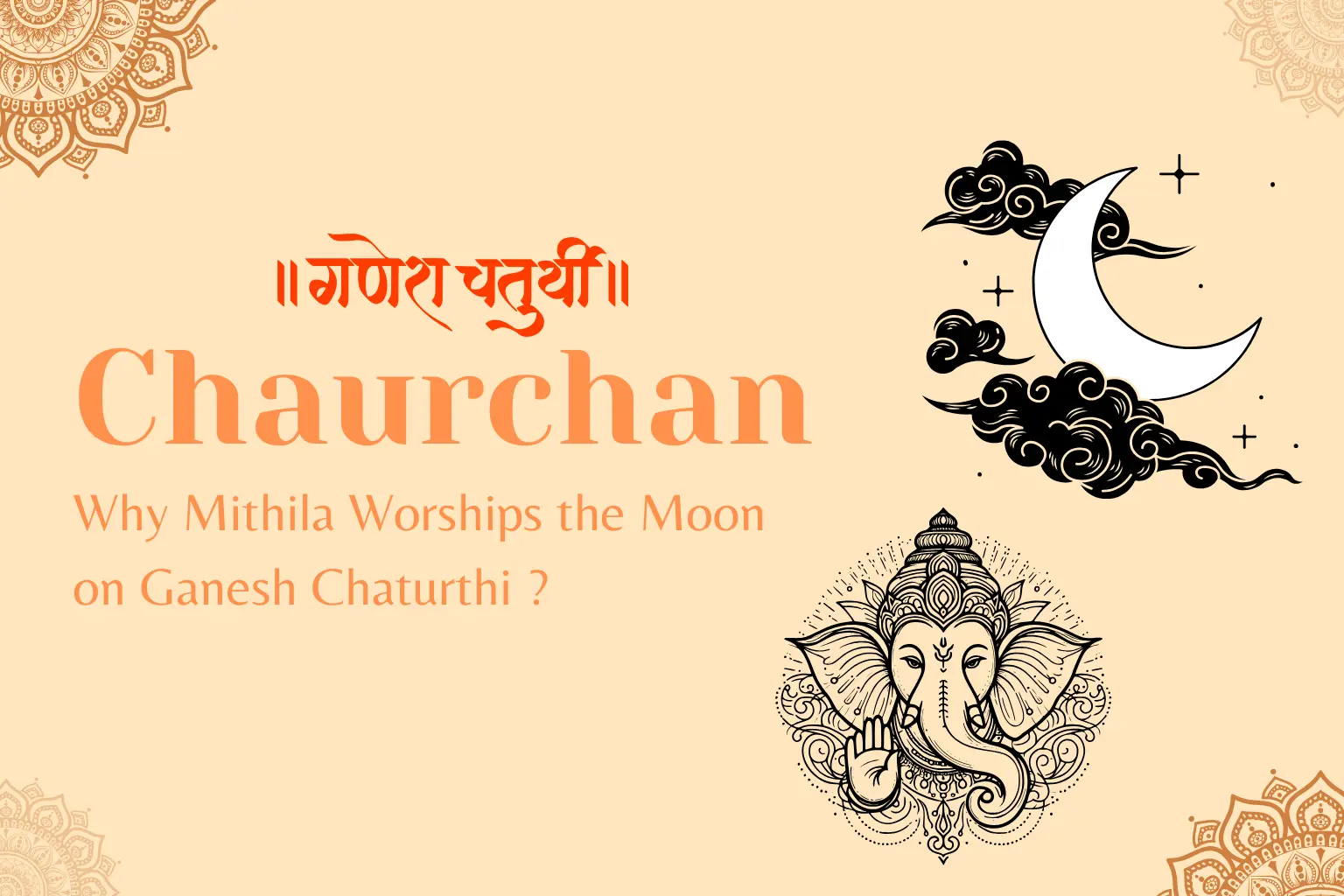Chhath Puja is a very old and important festival, mostly celebrated in Bihar, Jharkhand, Uttar Pradesh, and Nepal. People who have moved from India to other countries also celebrate it in many parts of the world.
This festival is dedicated to the Sun God (Surya) and Chhathi Maiya, who is believed to be the goddess of energy, nature, and children. People thank them for giving life, health, and happiness.
Why is Chhath Puja Celebrated?
- To thank the Sun for giving light and energy.
- To pray for good health, long life, and happiness for family members.
- To ask about children’s well-being.
- To stay close to nature and live a clean, simple life.
When is Chhath Puja Celebrated?
Chhath Puja is celebrated twice a year, not just once!
| Occasion | When | Other Name | Why It’s Important |
| Chaiti Chhath | March–April (during Chaitra month) | Spring Chhath | Celebrated in the summer season after Holi, smaller in scale but deeply spiritual. |
| Kartik Chhath | October–November (during Kartik month) | Grand Chhath or Main Chhath | Celebrated 6 days after Diwali, it is the biggest and most widely observed version. |
Chaiti Chhath
This version of Chhath is quieter and celebrated mostly by those who may not be able to observe Kartik Chhath. Though less grand, it holds the same spiritual value.
Kartik Chhath
This is the main Chhath festival, celebrated 6 days after Diwali. It is marked by large public gatherings, strict fasting, and devotion, making it one of the most important Hindu festivals.
Four Days of Chhath Puja
| Day | Name | What Happens |
| Day 1 | Nahay Khay | People take a holy bath and eat only one simple, vegetarian meal. |
| Day 2 | Kharna | Devotees fast all day. In the evening, they eat a special sweet dish called kheer. |
| Day 3 | Sandhya Arghya (Evening Offering) | People go to rivers or ponds and offer water to the setting sun while standing in the water. |
| Day 4 | Usha Arghya (Morning Offering) | People again go to the water and offer prayers to the rising sun. Then the fast is broken. |
What Food is Offered?
The food is always vegetarian, salt-free, and cooked without garlic or onion.
Common items:
- Thekua – a sweet made of wheat flour, jaggery, and ghee
- Rice kheer – made with jaggery and milk
- Fruits – like bananas, sugarcane, and coconuts
- Rice laddus, soaked grains, and turmeric root
All food is made in clean homes and with a pure heart.
Why is the Sun Worshipped Twice?
Chhath Puja is the only Hindu festival where both the setting sun and the rising sun are worshipped.
- The setting sun is thanked for the day that has passed.
- The rising sun is welcomed for a new beginning.
This shows balance in life (circle of life), respect for both ends of time.
Special Things About Chhath Puja
| What Makes It Unique? | Meaning |
| No priest needed | Anyone can do the rituals themselves. |
| Equal for everyone | All castes, classes, men, and women take part. |
| Power of Women | Women are the main worshippers (called Parvaitin). They lead the rituals, cook, fast, and pray for the family. |
| Very clean and natural | All things used are from nature and biodegradable. |
| Strong fasting | Some people don’t even drink water for 36 hours! |
| Community feeling | People gather together at rivers or ponds to celebrate. |
Chhath Puja Around the World
Today, Chhath is not only celebrated in India and Nepal but also in:
- USA
- UK
- Canada
- UAE
- Mauritius
- South Africa
- Australia
- And more!
People build artificial ponds and gather in groups to celebrate, even if they are far from home.
Eco-Friendly Festival
- Chhath uses no plastic, no crackers, and no meat.
- People clean rivers, streets, and public spaces.
- It teaches us to live with nature, not harm it.
History & Mythology: The Ancient Stories Behind Chhath Puja
Chhath Puja is one of the oldest Hindu festivals, with roots going back thousands of years. It is deeply connected to nature worship and sun worship. Several powerful legends from ancient Indian epics explain its origin and importance.
Karna from Mahabharata: The brave warrior Karna, son of the Sun God (Surya), is believed to be the first person to worship the sun using Chhath-like rituals. He would stand in water for hours, offer prayers to Surya, and gain strength and divine energy. This is why he is called “Suryaputra” (Son of the Sun). His devotion is said to have inspired the Chhath tradition.
Lord Rama and Sita: After returning to Ayodhya from exile, Lord Rama and Goddess Sita are believed to have kept a fast and offered prayers to the Sun God during the Shukla Shashthi (sixth day after new moon) in the month of Kartik. This sacred act is also seen as the beginning of Chhath Puja rituals.
Draupadi and the Pandavas: In another story from the Mahabharata, Draupadi, the wife of the Pandavas, performed sun worship and Chhath-like rituals to overcome difficulties and help her husbands regain their lost kingdom. Her devotion pleased the Sun God, who blessed them with power and prosperity.
These stories show that Chhath Puja is not just a seasonal festival—it’s a spiritual tradition with deep mythological meaning. It is believed that worshipping the Sun God during Chhath brings health, energy, healing, and divine blessings to the family.
Common Misconceptions about Chhath Puja
| Misconception | Fact |
| Only women can perform Chhath Puja | Both men and women can observe the fast and perform rituals. Many men also become Parvaitins (main devotees). |
| Chhath Puja is only for people from Bihar | It is most popular in Bihar, Jharkhand, Uttar Pradesh, and Nepal, but is now celebrated across India and the world. |
| It’s a ritual only for fertility or childbirth | While some pray for children, Chhath is broadly about gratitude to nature, health, and family well-being. |
| Priests are required to do Chhath Puja rituals | No priest is needed. People perform the rituals themselves with devotion. |
| It is only a religious ritual, not eco-friendly | Chhath is highly eco-friendly—no loud music, no crackers, no plastic, and all offerings are biodegradable. |
| Chhath Puja is part of Diwali celebrations | It is a separate festival that comes 6 days after Diwali in the Kartik month, with its own identity and rituals. |
| People celebrate Chhath only if they have a wish | Many people perform Chhath every year out of devotion and tradition, not just to fulfill a desire. |
Smart Facts – Good for Exams!
| Topic | Fact |
| Main God | Surya (Sun God) and Chhathi Maiya |
| Duration | 4 days |
| Main Rituals | Fasting, Arghya (offering water), standing in water, eating Thekua |
| Type of Worship | Without a priest, done by the person or family |
| Sun Worship | Both the rising and the setting sun |
| Popular Regions | Bihar, UP, Jharkhand, Nepal |
| Linked Myths | Lord Rama, Karna (Mahabharata), Draupadi |
| First Day Called | Nahay Khay |
| Famous Offering | Thekua |
| Why It’s Eco-Friendly | Uses natural items only, no loud music or firecrackers |
| Another Name for Chhathi Maiya | Usha – Goddess of Dawn |
Quick Quiz (Memory Boost!)
How many days does Chhath Puja last?
4 days
What is Thekua?
A sweet dish made during Chhath Puja
Who is Chhathi Maiya?
A goddess believed to be the sister of the Sun God
Why do people stand in water?
To offer water (Arghya) to the Sun God as a prayer, and to feel close to nature.
Which two times is the sun worshipped?
At sunset (evening) and sunrise (morning)
Why no salt or garlic?
To keep the body pure and calm
Why bamboo baskets?
Natural, eco-friendly, and traditional
What happens if rivers are not nearby?
People make artificial ponds or water tanks
Why is Chhath special for Biharis?
It’s not just a ritual—it’s their identity and pride
Which Chhath is more widely celebrated—Chaiti Chhath or Kartik Chhath? Why?
Kartik Chhath, because it follows Diwali, has better weather, and is the most traditional and grand version of the festival.
Final Thought
Chhath Puja is more than just a festival. It is a prayer, a promise to live simply, a respect for nature, and a love for family. Whether in a small village or a big city across the ocean, it brings people together with the power of faith, discipline, and unity.




Leave a Reply